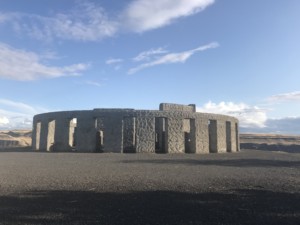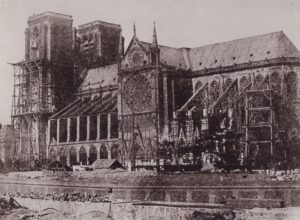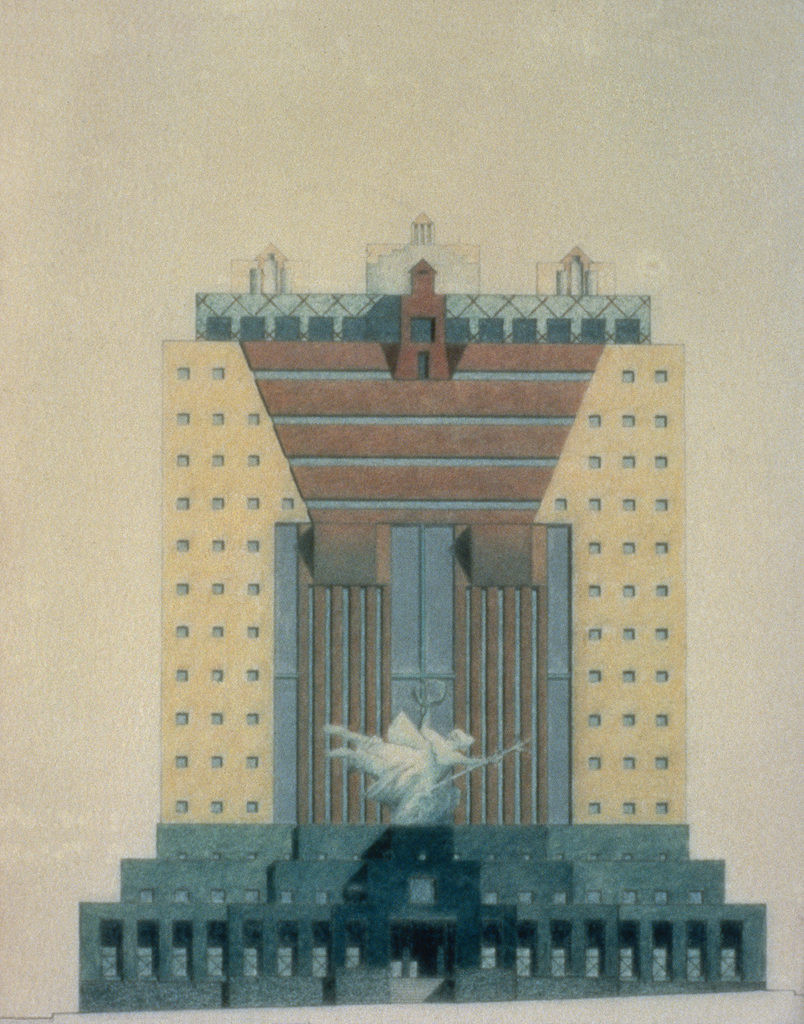World monuments get replicated all the time. There are no shortage of Statues of Liberty or Eiffel Towers, for instance. However, the world monument that’s probably replicated more than any other is Stonehenge. Copies and parodies of the stone circle are everywhere, and in this episode we talk about Stonehenge replicas in general, and the Maryhill Stonehenge in particular. That Stonehenge comes to us via Sam Hill, an eccentric industrialist and pacifist who built his monument as a memorial for soldiers who died in World War One.

Podcast: Play in new window | Download
Subscribe: RSS
Weird History Podcast Member Content: (Protected Content)



